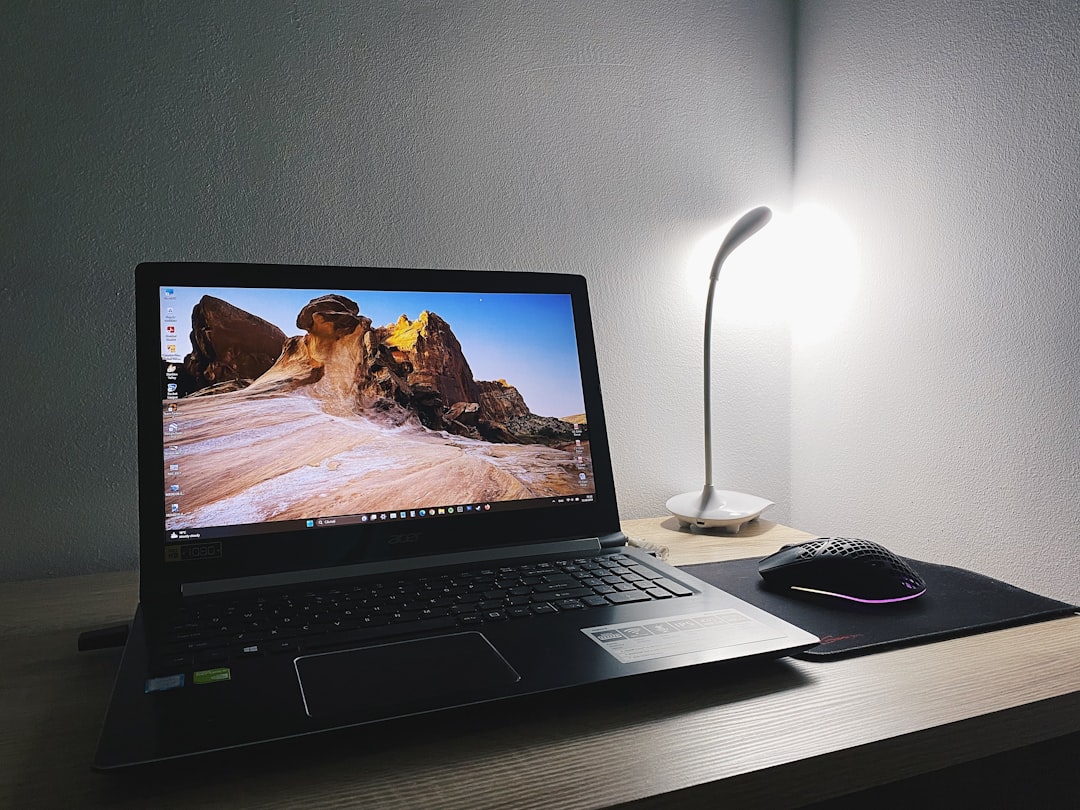The Asus TUF series has earned a reputation for offering dependable performance at a relatively affordable price. Engineered primarily for gaming and intensive tasks, these laptops are known to be tough, durable, and loaded with decent hardware. However, even the most robust machines aren’t without their quirks. One common issue that many users face is the brightness adjustment not working on Asus TUF laptops running Windows 11.
If you’ve updated to Windows 11 or made recent driver changes and suddenly found that your screen brightness won’t budge, don’t panic. This article will provide a thorough walkthrough of the issue and show you some simple, reliable methods to fix the brightness problem on your Asus TUF laptop.
Why Can’t You Adjust the Brightness?
Before diving into the fixes, it’s worth understanding the possible causes of this issue. The brightness control might stop working on your Asus TUF laptop due to the following reasons:
- Outdated or incompatible display drivers
- Power plan settings overriding display configurations
- Missing monitor drivers
- Windows updates resetting or interfering with system settings
Fortunately, most of these issues can be resolved through simple adjustments. Let’s explore the step-by-step solutions.
1. Update Display Drivers
This is the most common cause of brightness issues. When your display adapter is outdated or incompatible with Windows 11, brightness controls might not work properly. Ideally, the latest drivers ensure optimal performance and compatibility.
- Right-click the Start button and choose Device Manager.
- Expand the Display adapters section.
- Right-click your GPU (Intel UHD, NVIDIA, etc.) and select Update driver.
- Choose Search automatically for updated driver software.
If this doesn’t work, visit the official Asus Support or GPU manufacturer (e.g., NVIDIA or AMD) website and download the latest driver specifically for your model.

2. Roll Back a Recent Driver Update
Interestingly, the opposite of the previous advice might also be true. If your brightness control issue started after a recent driver update, it might be a compatibility issue introduced by the new drivers. Here’s how to revert:
- Open Device Manager.
- Locate your display adapter and right-click it.
- Select Properties, then switch to the Driver tab.
- Click Roll Back Driver if the option is available.
If the button is grayed out, it means there’s no previous version stored locally. In that case, downloading an older version from the Asus website could help.
3. Enable Generic PnP Monitor
Your Asus TUF laptop may have the monitor disabled in Device Manager, which can also disable brightness controls. Re-enabling it could solve the issue instantly.
- In Device Manager, expand the Monitors section.
- Check if Generic PnP Monitor is listed and enabled.
- If disabled, right-click and choose Enable device.
If it’s missing altogether, click on Action at the top of Device Manager and select Scan for hardware changes.
4. Use Microsoft’s Basic Display Adapter
Sometimes, using the generic Microsoft driver instead of the manufacturer’s can resolve brightness adjustment complications.
- Open Device Manager.
- Right-click your display adapter and select Update driver.
- Choose Browse my computer for drivers, then Let me pick from a list.
- Select Microsoft Basic Display Adapter and click Next.
Note that this may affect graphic performance, especially while gaming. You can revert back anytime by updating the driver normally.
5. Adjust Registry Settings
Advanced users comfortable with Windows Registry Editor might try modifying the registry to fix display backlight settings.
- Press Windows + R, type regedit and press Enter.
- Navigate to:
HKEY_LOCAL_MACHINESYSTEMCurrentControlSetControlClass - Search through subfolders like
0000,0001, and so on for entries with Display or your GPU’s name. - Find and set FeatureTestControl to
0000FFFF.
Warning: Editing the registry incorrectly can cause system issues. It’s highly advised to back it up before making changes.

6. Use Dedicated Brightness Controls
Sometimes the brightness can still be adjusted through specific tools even if Windows settings don’t respond. Asus laptops come with Armoury Crate software, which may offer display controls.
- Open Armoury Crate (pre-installed on most Asus models).
- Navigate to the Device or System Configuration section.
- Look for brightness or power profile controls.
Additionally, some third-party apps like Twinkle Tray can override system controls and let you adjust brightness manually.
7. Check Windows Mobility Center
Another often-overlooked tool is the Windows Mobility Center.
- Press Windows + X and select Mobility Center.
- Adjust the Display Brightness slider.
If the slider is missing or unresponsive, you likely still have a driver or monitor recognition problem as mentioned earlier.
8. Run Windows Troubleshooter
Windows 11 comes with several built-in troubleshooters that can detect and automatically fix underlying problems.
- Go to Settings > System > Troubleshoot.
- Select Other Troubleshooters.
- Run the Power and Hardware and Devices troubleshooters.
These will scan your system for common configuration errors and suggest fixes accordingly.
9. BIOS and Firmware Update
In rare cases, a BIOS or firmware issue may lead to brightness malfunction. Asus periodically releases updates to address hardware compatibility problems.
- Visit the official Asus Support Page.
- Search for your specific Asus TUF model.
- Download and install the latest BIOS and EC firmware utilities.
Ensure your system is plugged in and has sufficient battery before updating BIOS. Follow the manufacturer’s instructions carefully.
Conclusion
Brightness not working on your Asus TUF laptop after upgrading to Windows 11 can be a frustrating experience, but the good news is that the solutions are often straightforward. In most cases, it’s a matter of updating or rolling back display drivers, enabling the correct monitor settings, or adjusting software configurations.
Once you’ve tried the fixes listed above, your device should be back to its full visual potential, whether you’re battling through a game, editing content, or simply browsing.
If none of these methods resolve your issue, it may be time to contact Asus Customer Support or consider a clean Windows reinstallation as a last resort.
Keep your system updated, your drivers current, and your backup ready—and your Asus TUF will remain every bit as tough as its name suggests.